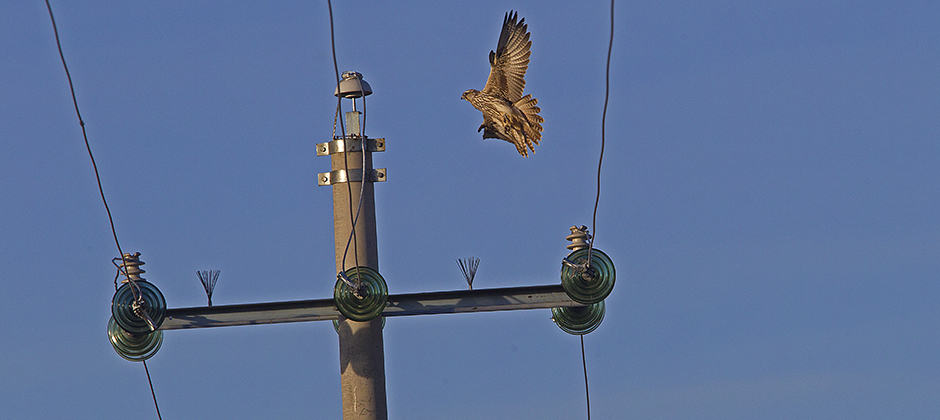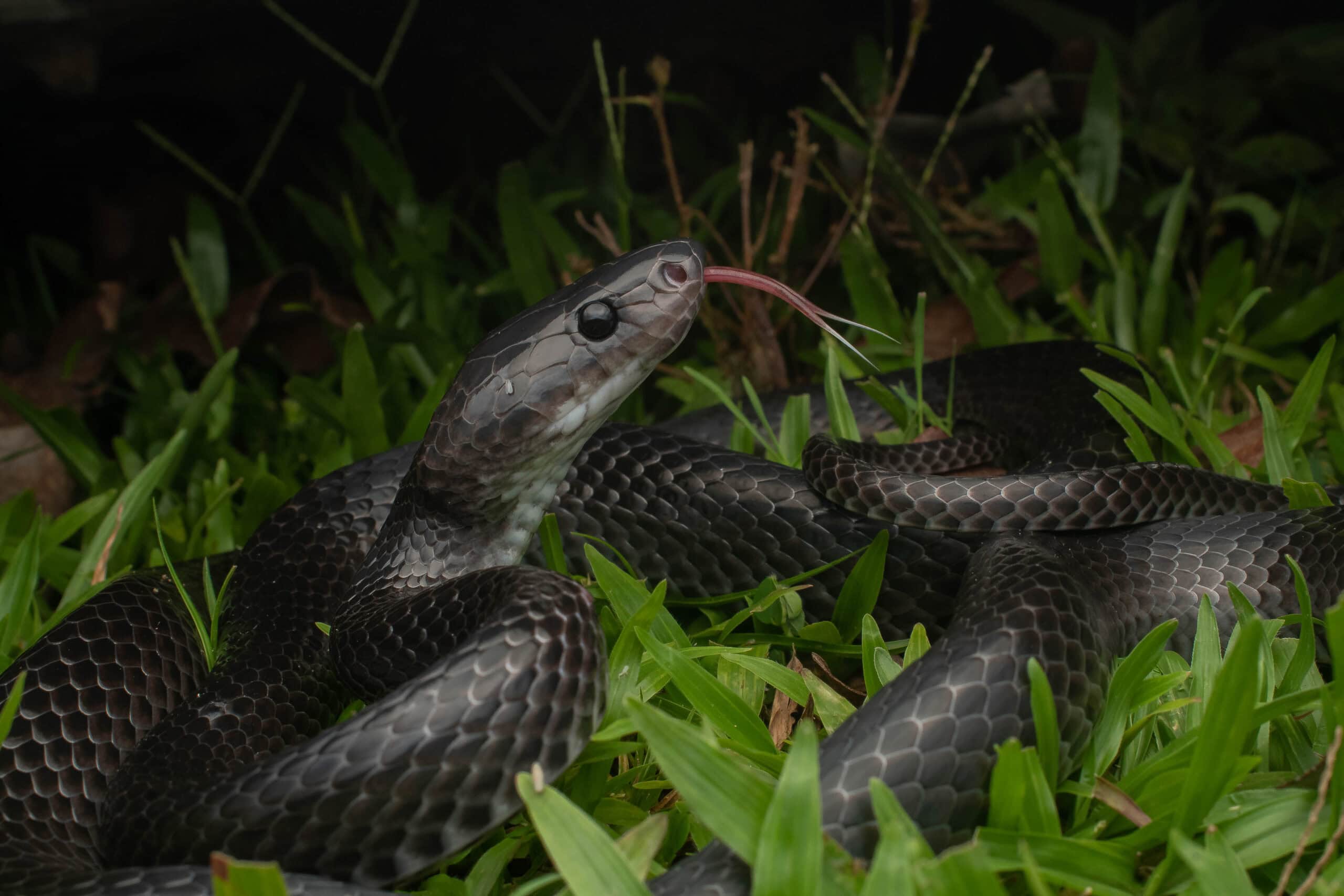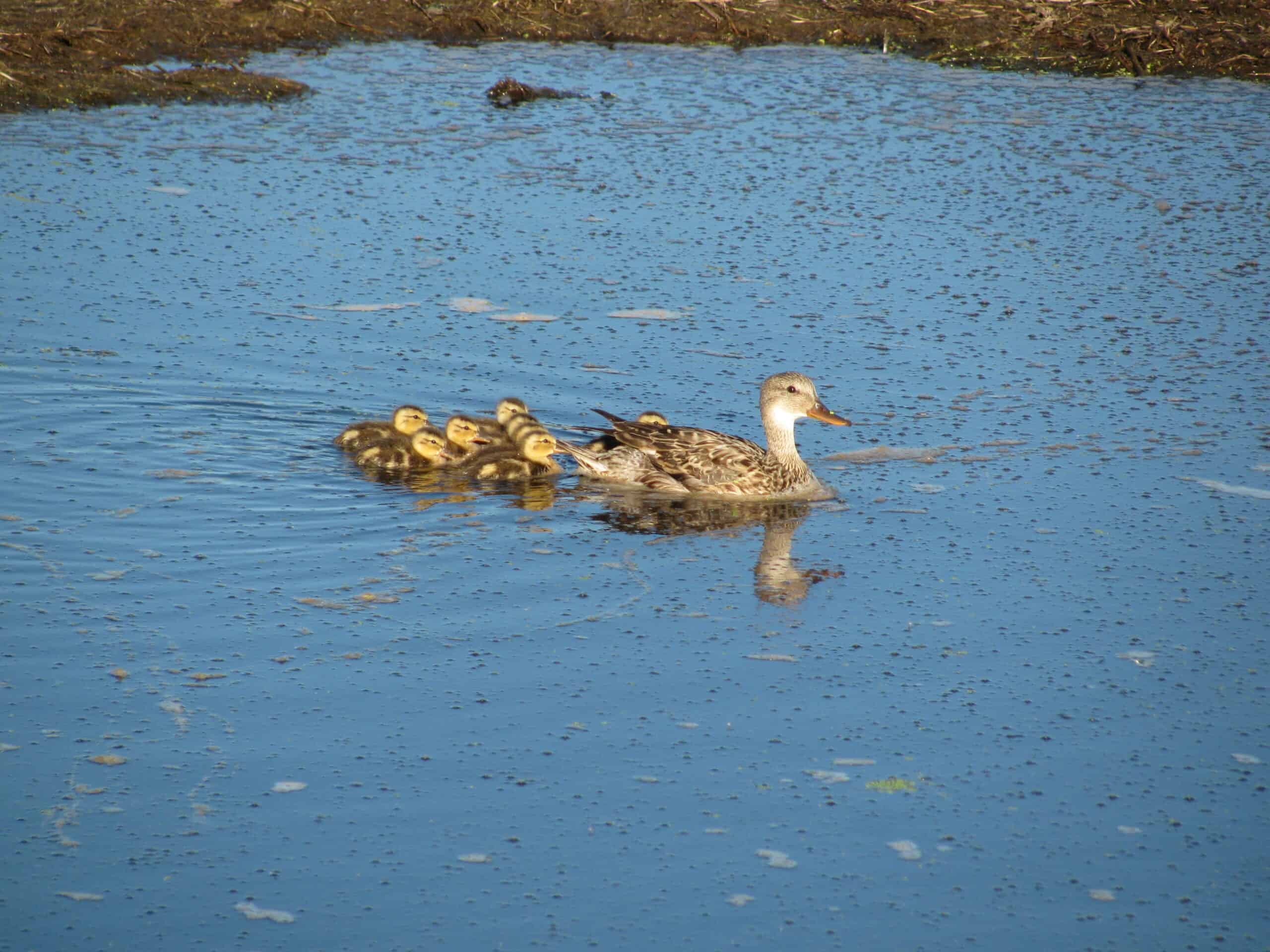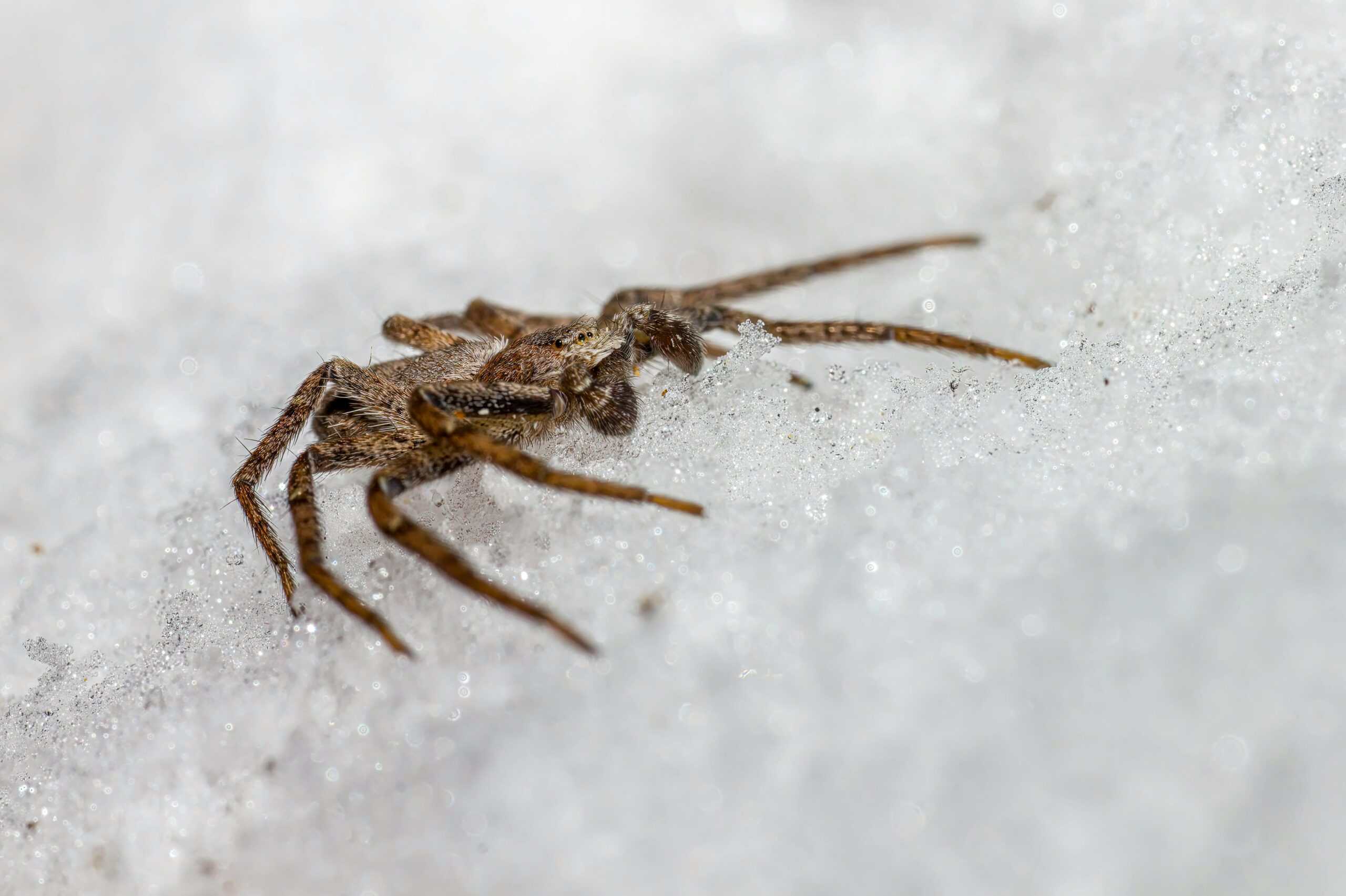Share this article
Wild Cam: Reducing Mongolian falcon deaths
Falcon populations are struggling to find their footing in Mongolia due to electrocution, a problem that kills thousands of the raptors every year.
Researchers have been working to reduce the amount of saker falcons (Falco cherrug) electrocuted on power lines using a number of different techniques.
“If they congregate in these areas with power lines, it’s carnage,” said Andrew Dixon of Reneco International Wildlife Consultants and lead author of a study published recently in the Wildlife Society Bulletin.
For our latest Wild Cam feature, we explore some of the techniques tried by Dixon and his colleagues to reduce falcon electrocution in Mongolia.
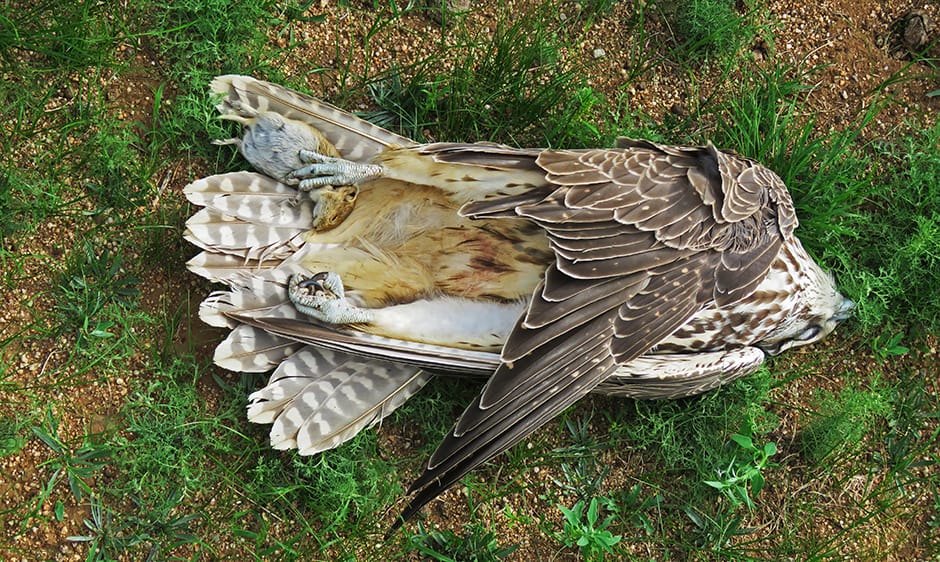
©Andrew Dixon
Saker falcons feed on prey such as the Brandt’s vole (Lasiopodomys brandtii) found in the grips of this electrocuted raptor discovered by researchers. They breed in the central steppes of Asia and parts of the Middle East, and they overwinter in parts of South Asia, East Africa and the Arabian Peninsula.
The saker is one of the few falcon species classified as globally endangered by the International Union for the Conservation of Nature. The birds’ habitat is threatened by development, but Mongolia has a relatively large population of the birds. Not all of them breed, however, since there aren’t enough suitable locations to nest.
“They’re not that fussy, but they do tend to need the nest of another bird,” Dixon said.
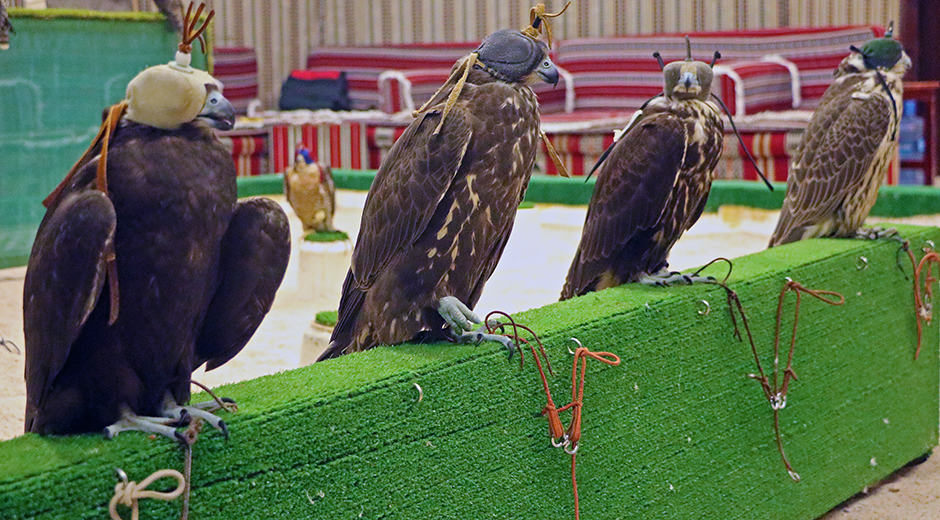
©Joshua Learn
The birds, such as these juvenile sakers at a falcon market in Doha, Qatar, are also prized in Arabian falconry due to their speed and power. Mongolia stopped the commercial trade of the birds in 2012, but it still conducts diplomatic trade to falcon enthusiasts in countries like Qatar, Kuwait and the United Arabic Emirates. Since only 350 or so chicks out of thousands are taken for falconry every year, the trade complies with a nondetrimental finding of CITES, the international treaty to protect plants and animals. Conservation management efforts spearheaded by the Environment Agency-Abu Dhabi have included the provision of artificial nests to increase the breeding population, which could potentially underpin a sustainable harvest.
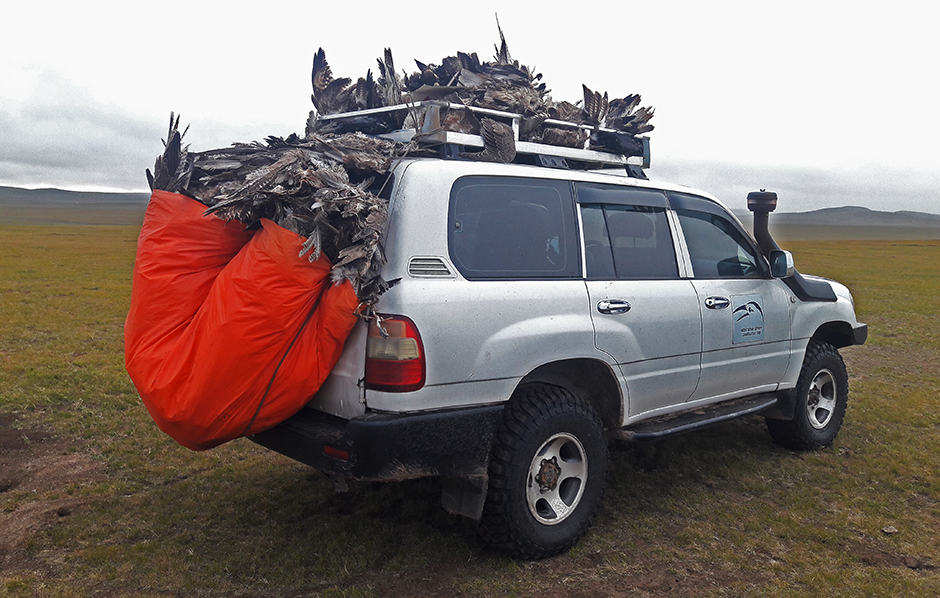
©Amarkhuu Gungaa
Meanwhile, surveys show that tens of thousands of birds are killed every year due to electrocution on power lines, including 350 birds per month in some small areas alone. Surveyors — equipped with GPS devices and freezers — collected birds electrocuted along power lines for a year starting in August 2013. Researchers later analyzed the birds to determine age and sex.
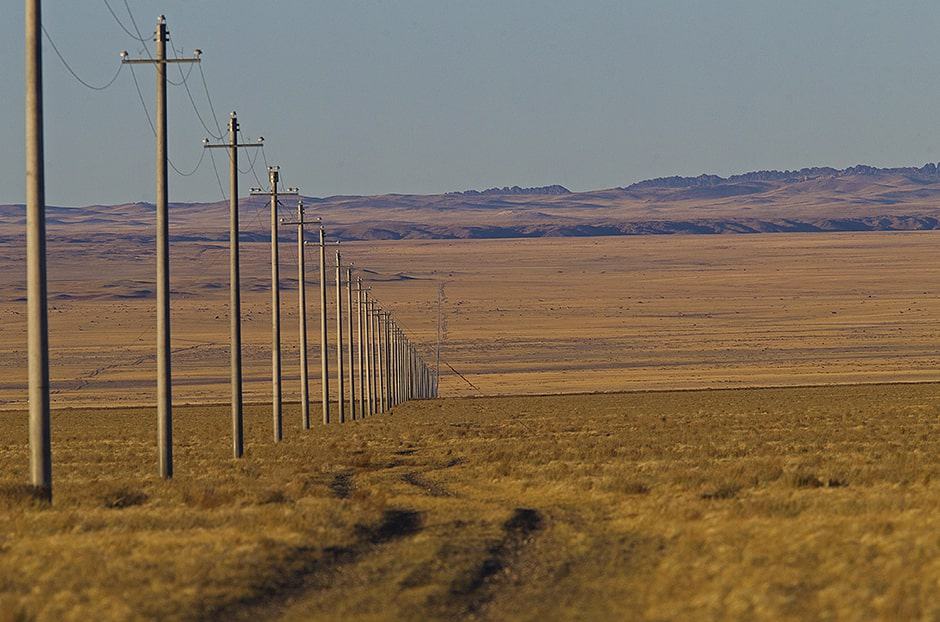
©Dave Scott
After the collapse of Soviet rule, Mongolia started to replace wooden power line poles with steel reinforced concrete poles. Researchers estimate the country has about 30,000 of these poles.
“These are very dangerous for birds because they are grounded,” Dixon said.
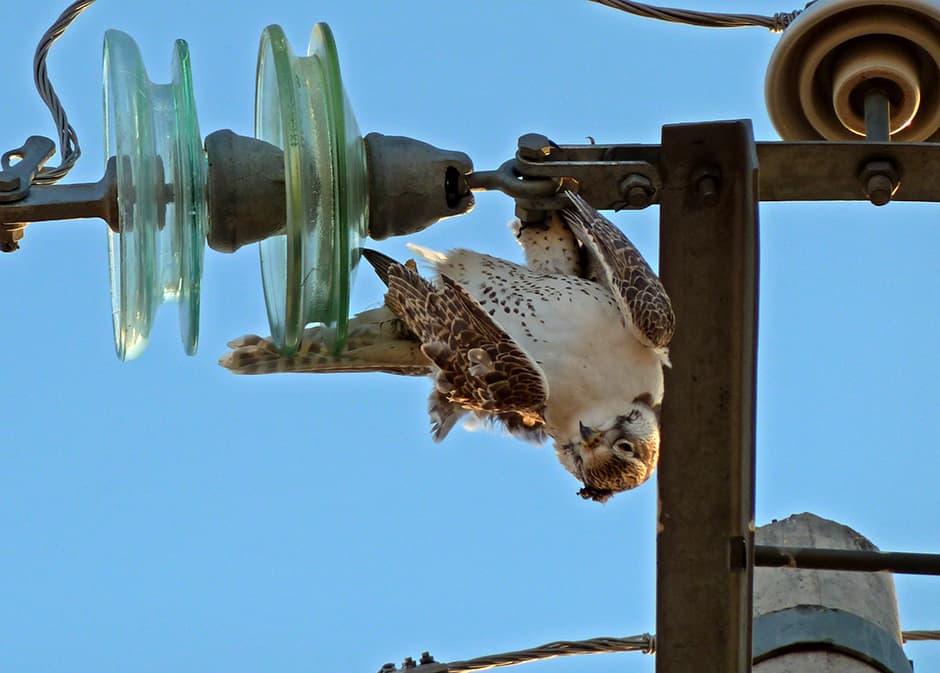
©Andrew Dixon
Sakers congregate in huge areas in the steppes after breeding season to feed on rodents like the Mongolian gerbil (Meriones unguiculatus), Daurian pika (Ochotona dauurica) and Brandt’s vole. Since the poles are the only places for the raptors to perch, hundreds of birds can die during these congregations.
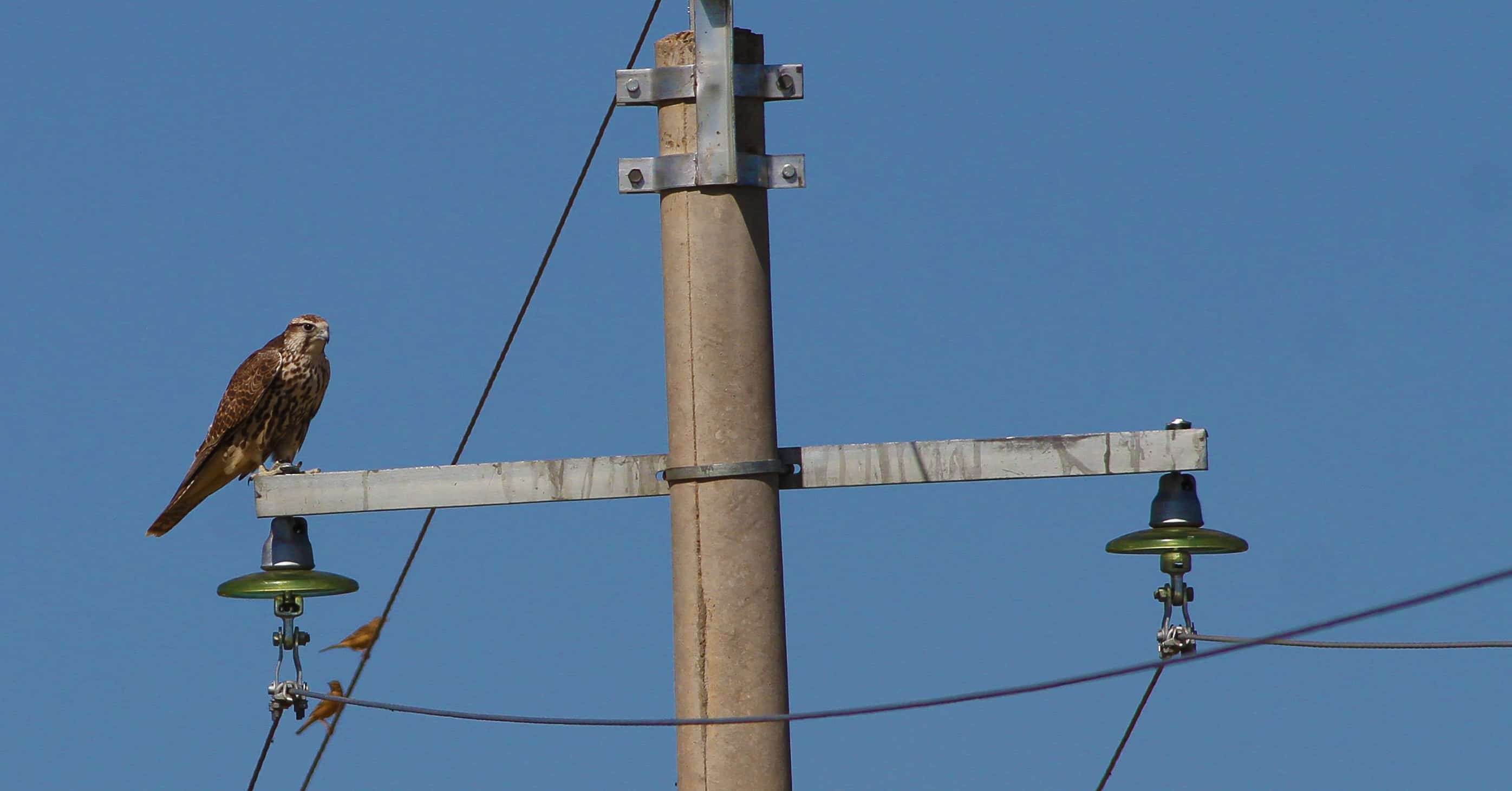
©Gankhuyag Purev-Ochir
Since cost was a major factor determining whether the government would invest in remediating the poles, researchers wanted to see if they could find cheaper ways to decrease saker electrocution.
By changing the configuration of the tops of the poles and adding insulation sleeves to the crossarm, they found they could reduce the electrocution rate by about 85% for about $25 per pole by deterring the birds from perching on them, but this still wasn’t enough.
“When you’re talking about tens of thousands of birds every year, reducing the rate by 85% still means lots of birds are killed,” Dixon said.
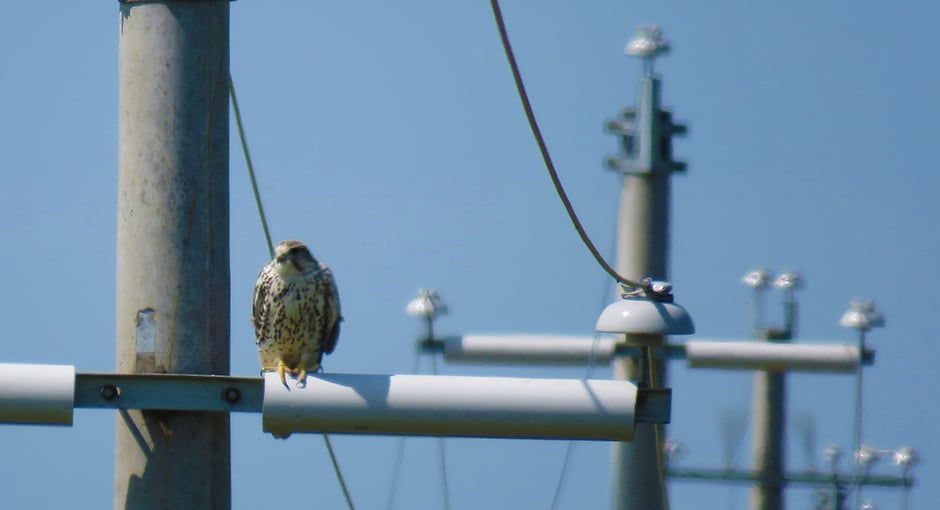
©Andrew Dixon
They found two other techniques worked well. The first used a rotating mirror that flashed reflections from the sun. It discouraged the birds, but it was easily broken and had to be replaced often.
The second used insulation, covering parts of the pole to prevent grounding. “It requires less maintenance and has a longer lifespan,” Dixon said, and power companies are more likely to cooperate since it poses less risk to disrupting the power supply.
This photo essay is part of an occasional series from The Wildlife Society featuring photos and video images of wildlife taken with camera traps and other equipment. Check out other entries in the series here. If you’re working on an interesting camera trap research project or one that has a series of good photos you’d like to share, email Joshua at jlearn@wildlife.org.
Header Image: In the grasslands of Mongolia, power lines are some of the only places to perch. ©Dave Scott



